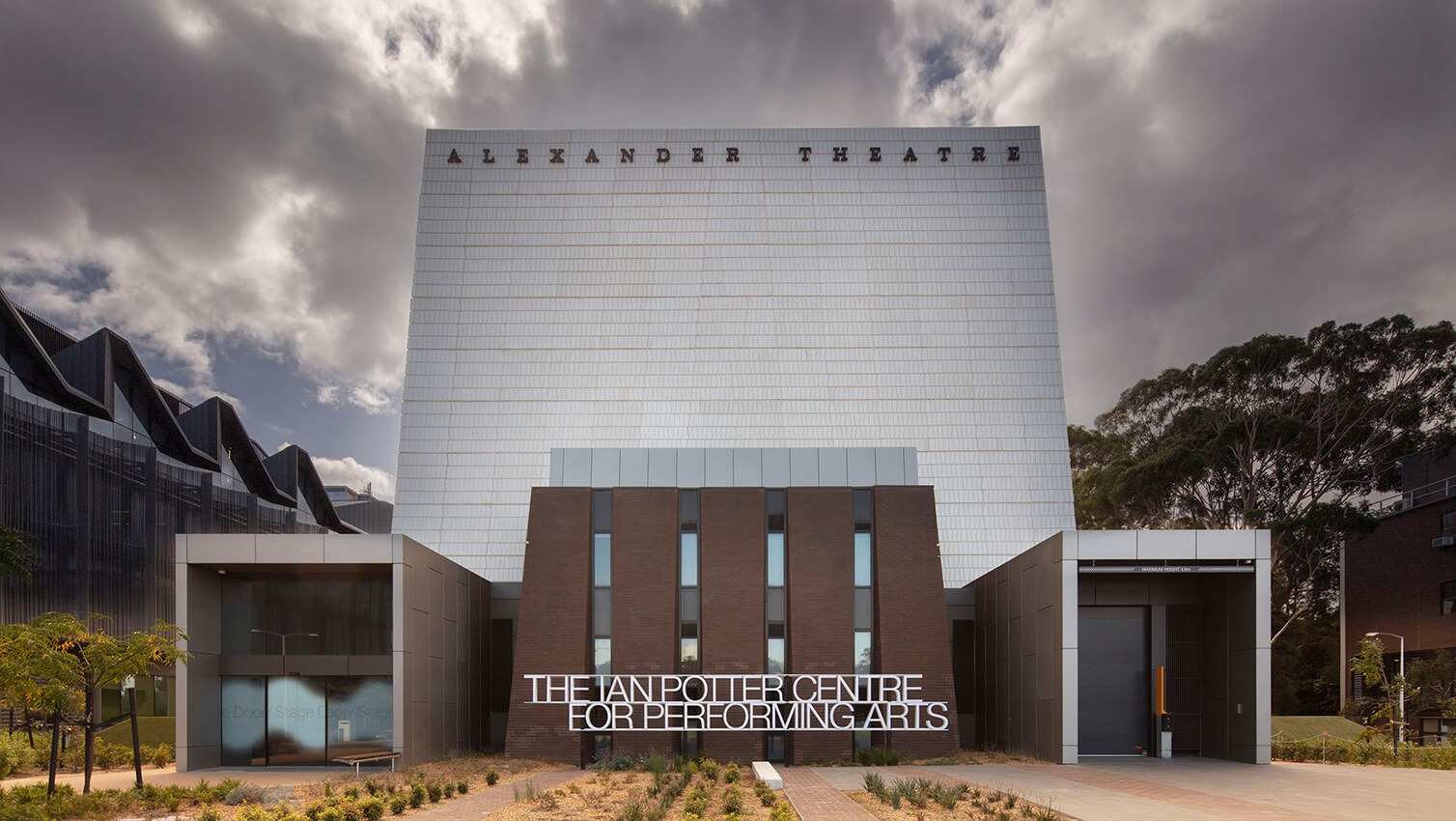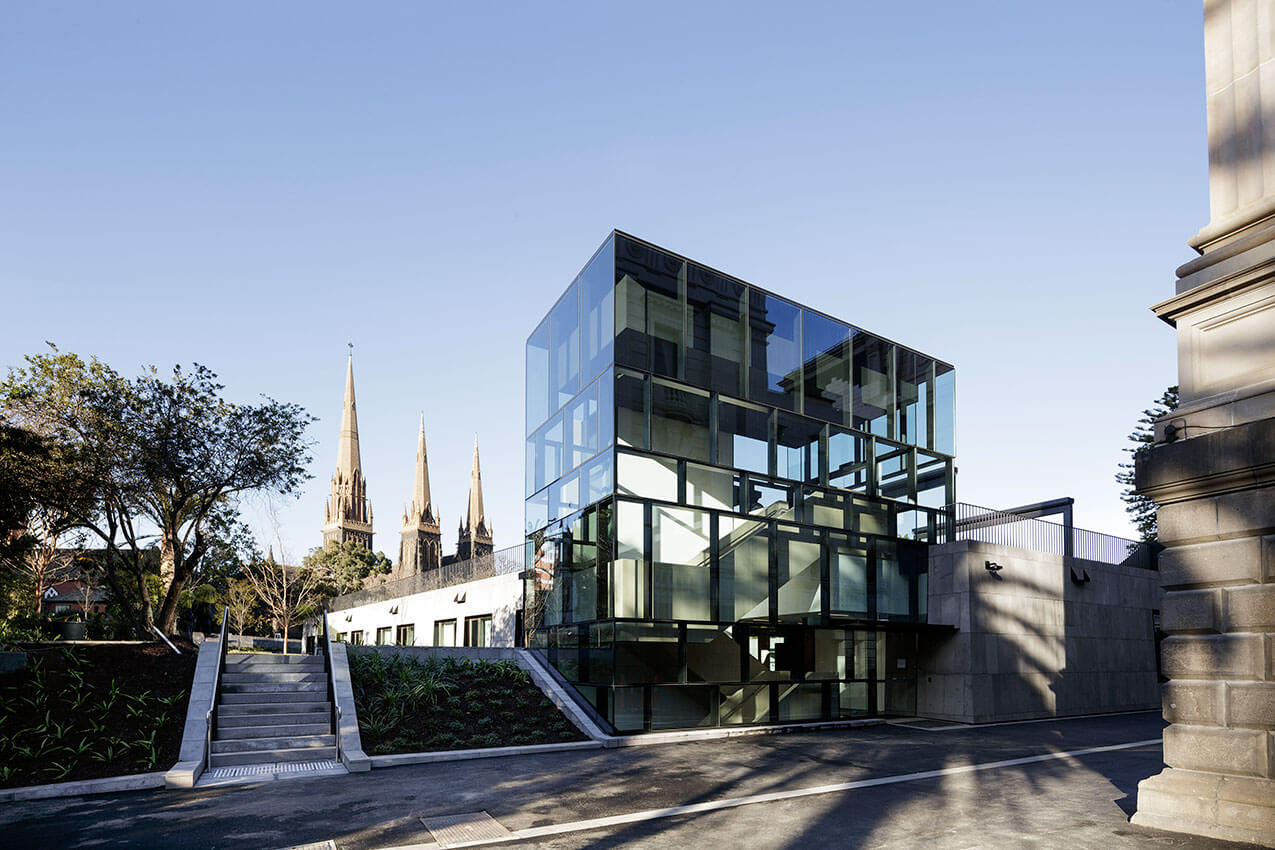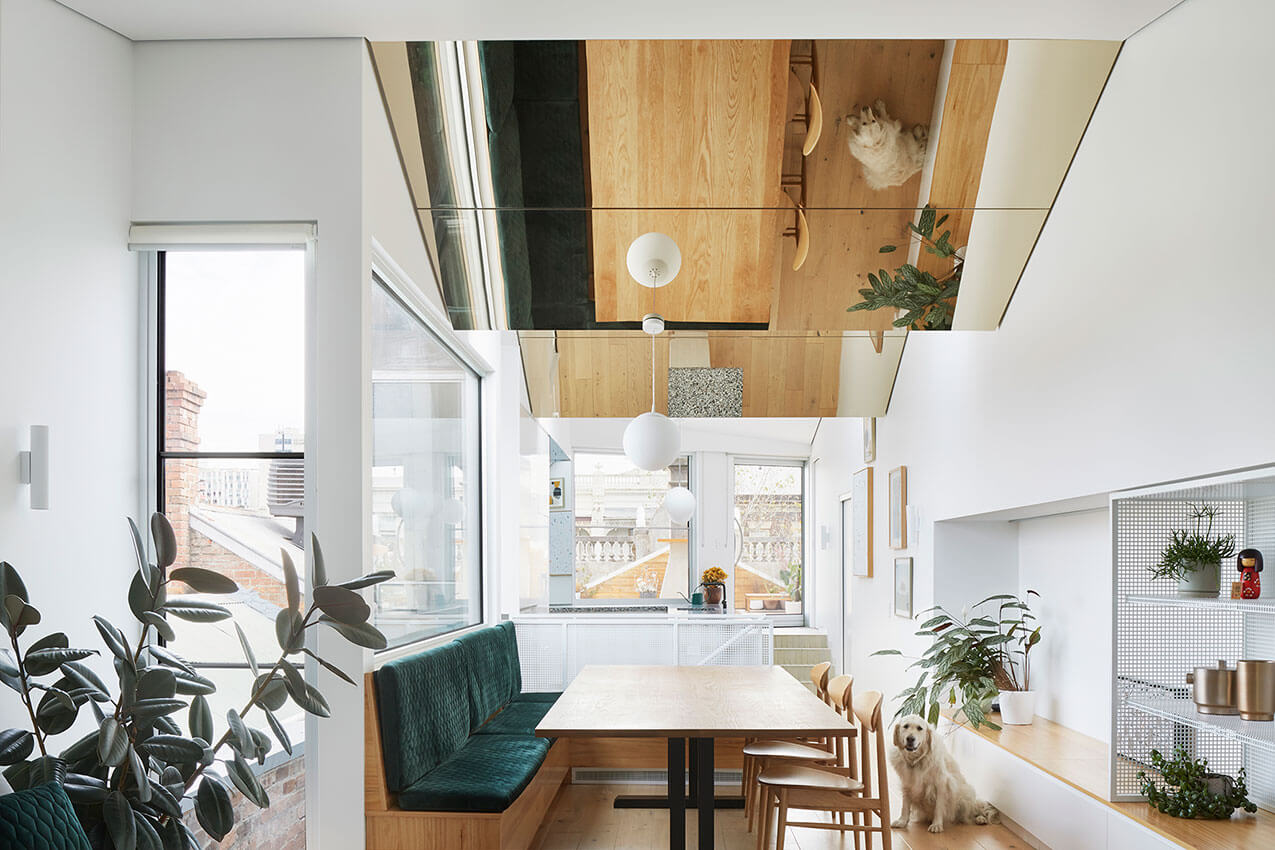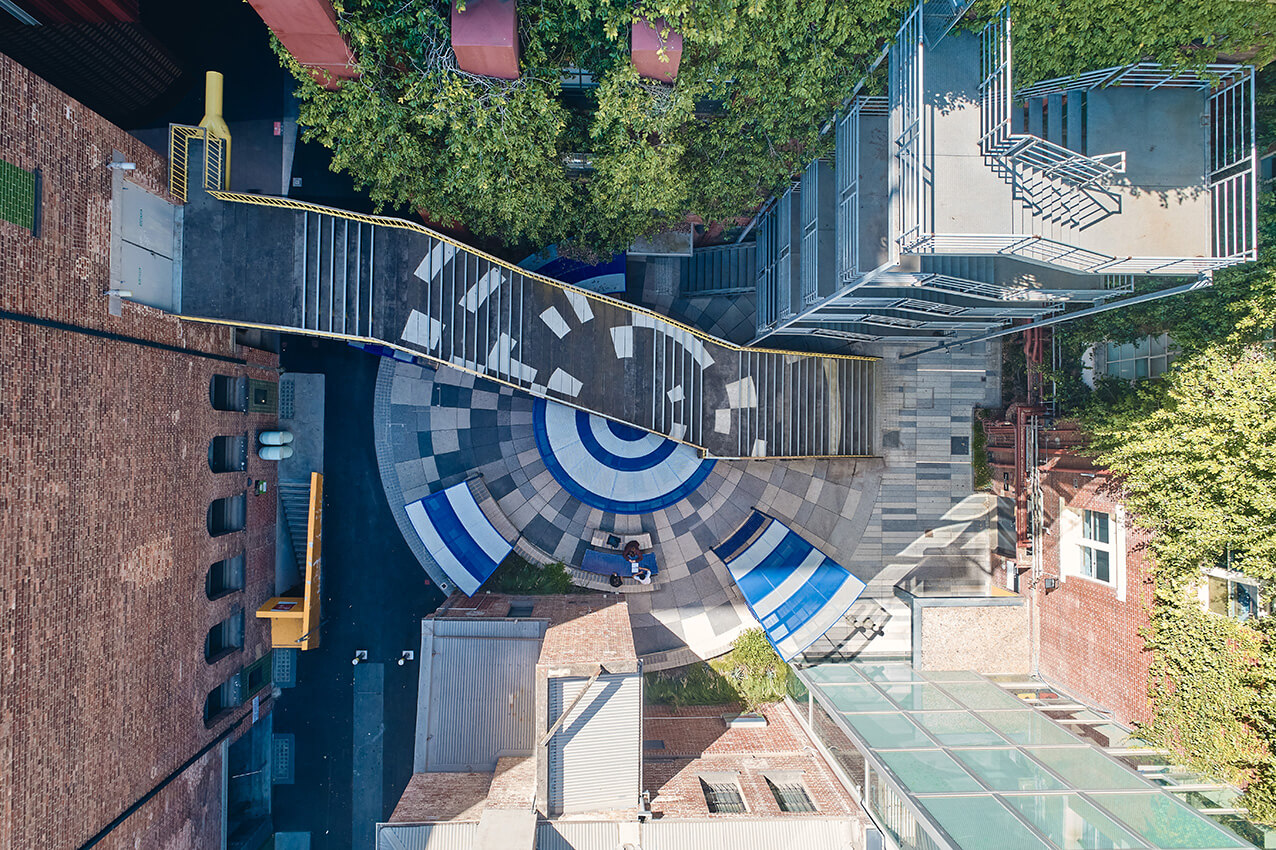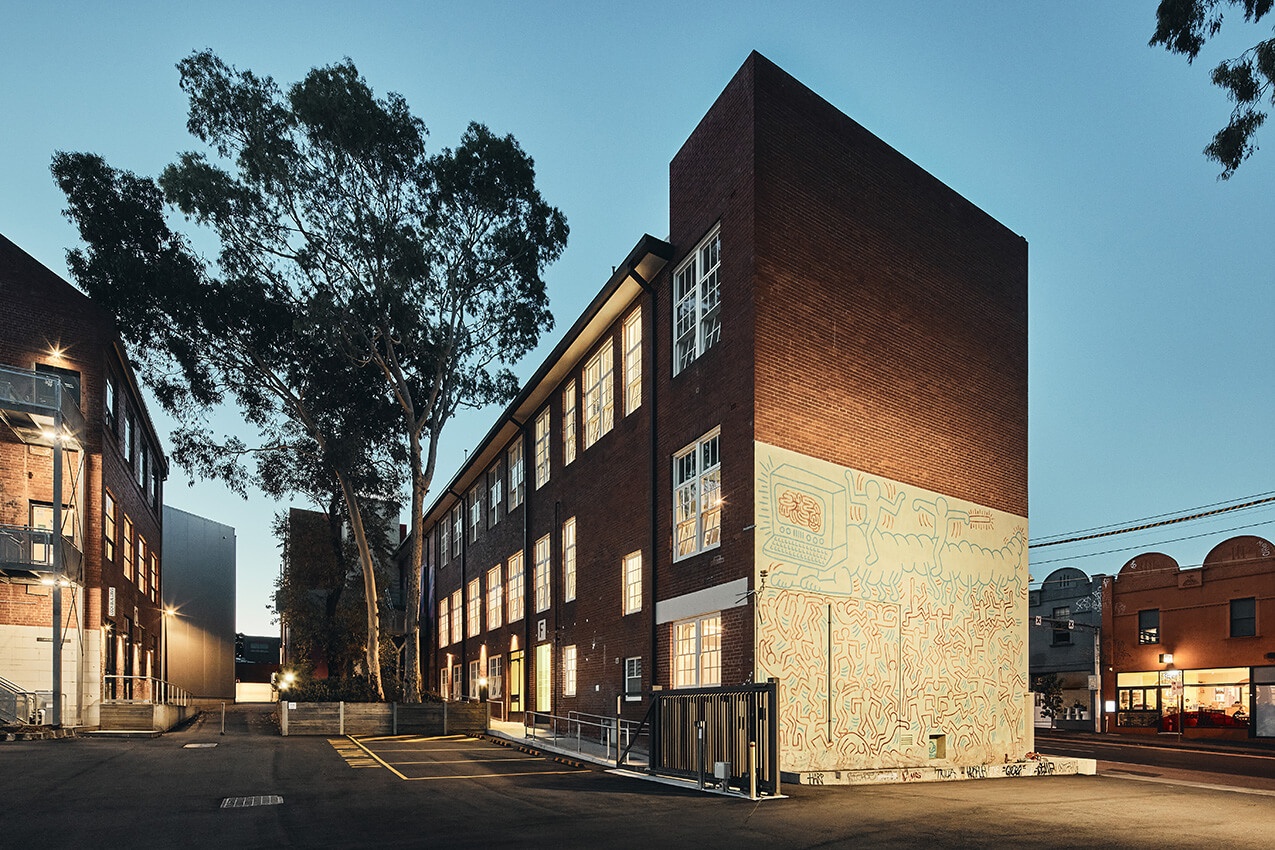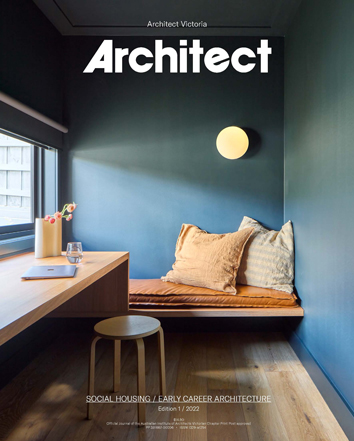Amelia Borg, Kushagra Jhurani and Peter Elliott: How to get a job
Facilitated by Thomas Huntingford
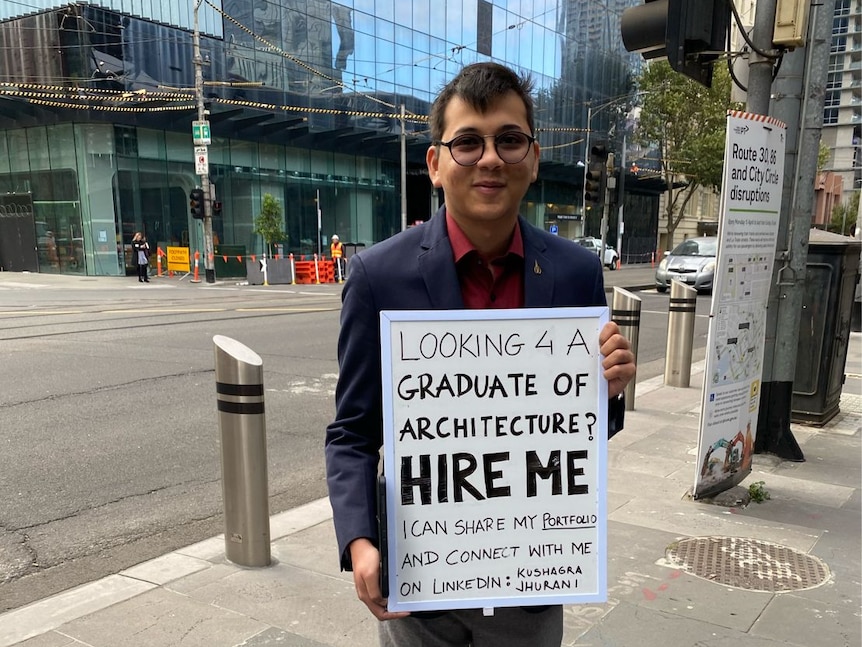
Early career professionals are often guided by a practice’s development guidelines. Many help by pairing graduates with an experienced graduate, registered architect, or even an architect who has achieved the highest levels of success in our industry. It becomes apparent that the practice of architecture is very different to studying architecture.
Amelia Borg RAIA
Sibling Architecture
As we emerge from lockdowns and border closures in 2022 with a sprint towards increasing housing supply and delivering new civic projects, the industry feels extraordinarily busy. With this increased activity comes a demand for hiring new talent. While there may be an abundance of opportunities arising, it is always a daunting task looking for your first role as a student or graduate – no matter the state of the industry.
The biggest hurdle I hear from graduates looking for a job is that offices are always overlooking them if they have no prior experience. Applying for a position can be especially challenging if you have no experience within an office environment, and even more so if you are competing with other grads who have worked within a practice while they were studying. Gaining experience as a student within an office is a good way to counter this and can be mutually beneficial to both students and studios. However, this is not always practical for students who may have heavy study loads and other obligations. There are plenty of other ways to focus on what makes you a valuable and attractive candidate. Graduates often have amazing design and visualisation skills, particularly in relation to image making, modelling, and understanding the latest software developments. Embrace and showcase these skills and highlight how they can contribute to the design process within an office.
Another common concern I hear from students or graduates is that they feel as though positions are often filled through existing personal relationships. Having a strong professional network will always assist in opening opportunities. This will be true for your entire career. A good way to strengthen your network is to be active within the architectural community. This may involve attending talks, lectures, events, and workshops, asking questions and being involved! Connecting through online platforms and over social media can be a way to build connections and find practices that might be a good fit for you. Even making strong connections within the environment of university including your lecturers, tutors or any guest critics you may meet will help to build your network.
You will have the most success where there is an alignment of values and outlook on architecture. We love it when we receive applications where there are clear synergies in design approach and thinking. Tailored applications that highlight why you think you would be a good fit are always great to receive and stand out. Demonstrate what you know about the office, don’t just talk about what you offer, but how this could compliment the interests of the office
For us, it is all about approach, a good attitude, confidence in design and ability to communicate effectively in a team. We realise that students or graduates may take some time learning the ropes of a professional environment, and that is fine as long as they have the right attitude and approach. If an office says no once, it could be a matter of timing. Follow up with them in six months’ time to show you are keen. You could be the person they call next rather than advertising a position.
Kushagra Jhurani
The last year of my architecture masters was online, and that’s how we ended up graduating with no in-class thesis or meeting any of our professors. Indeed, there was a lot to learn while overcoming the stress of being at home. After applying for at least 200 jobs, I realised that during COVID, conventional methods might not work, and that I must reach out to the maximum number of people possible at the same time.
My colleagues and I were the first generation of COVID-hit graduates, and many of us were international students. When we started understanding how networking works, everything came to a pause. And I feel we missed out on building these contacts due to everything shifting online. The best skill to get a job currently is how you market yourself. For starters, what worked for me to get mentors and build up my resume for interviews was keeping my LinkedIn updated, getting certificates for learning or training in particular software, sending in entries for competitions, reaching out to people, and teaching Rhino with other software online.
I want to mention that you should select practices, not by their name but their people and work culture; you do not want to be stuck in your dream job and then not be able to follow your dreams. Know what you are good at and own that skill, even if you only know one software, be the best at it. Do not be shy about reaching out to your teachers, mentors, architects, and ask them to mentor you. There is no harm in networking on multiple occasions, though there is a fine line in communication that can often be misunderstood as nagging. You will always receive a response if you showcase your will and drive.
I have been lucky to have great mentors, guides, and teachers throughout my journey. But as I mentioned before, conventional methods were not working for me; lockdown made architecture offices close shop, and door knocking was not the best idea during COVID. So, using my girlfriend’s advice and my architectural thinking, I decided to advertise myself on the major railway stations to reach out to maximum people. And I did it for weeks, with other methods and jobs already mentioned, so I wouldn’t say it was easy. It is tough to let your guard down and let people see through you. Eventually, it worked out for me, as someone found me at the right place at the right time, recognised my skills and honesty, which landed me a job as a Graduate of Architecture at Metro Trains Melbourne. Lastly, do not lose hope; better things are coming your way.
Peter Elliott LFRAIA
Peter Elliott Architecture + Urban Design
As a practice we have always employed architecture students, hosted international exchange students and work-experience placements. We enjoy having students and recent graduates in the office as they bring new energy and remind us of the importance of connecting the generations. In my own case I worked part time with two architecture practices as a student before starting my own practice upon graduation. I found the experience invaluable. For those who want to practice architecture it is critical to start to gather skills and experience as early as possible in parallel with studying. This is the best pathway to a job. Gathering experience as a student can take many forms beyond just working in an architect’s office. Some of the standout students that have come to us over the years have not necessarily worked in an office before, but had other life skills.
When it comes to developing skills I would encourage students to get involved and volunteer in as many ways as possible. If you can’t get a placement in a practice, then arrange to visit architect’s offices, building sites or into a factory where buildings are made. Join a committee, or share a studio space with other colleagues. Try and get experience in a practice as a gap year between bachelor and masters degree. When I was studying in the late 1960s it was mandatory to take a year off after three years to gain experience. Students typically come with great graphic skills, which is handy, but those with good CAD and some building knowledge are most likely to succeed in the job market. Another avenue to broadening experience is to attend events and talks that happen around the town. Parlour, Process, Loop, MPavilion, Melbourne Design Week are all great ways to meet and converse with others across generations.
made. Join a committee, or share a studio space with other colleagues. Try and get experience in a practice as a gap year between bachelor and masters degree. When I was studying in the late 1960s it was mandatory to take a year off after three years to gain experience. Students typically come with great graphic skills, which is handy, but those with good CAD and some building knowledge are most likely to succeed in the job market. Another avenue to broadening experience is to attend events and talks that happen around the town. Parlour, Process, Loop, MPavilion, Melbourne Design Week are all great ways to meet and converse with others across generations.
When it comes to networking, there will be many views about how best to go about it. I struggled with the concept as a young graduate. I think a more positive approach is to work hard at establishing good relationships and seeking out good mentors. In our practice we typically take on new students and staff by word-of-mouth recommendations. Sophia and Kate, our current Monash students, both recommend forming good relationships with your tutors who are often practising architects and full of ideas, tips and tricks.
Thomas Huntingford is SONA President Elect for 2022 commencing his tenure in 2023, and an editorial committee member. He is an architecture assistant at Kerstin Thompson Architects.

